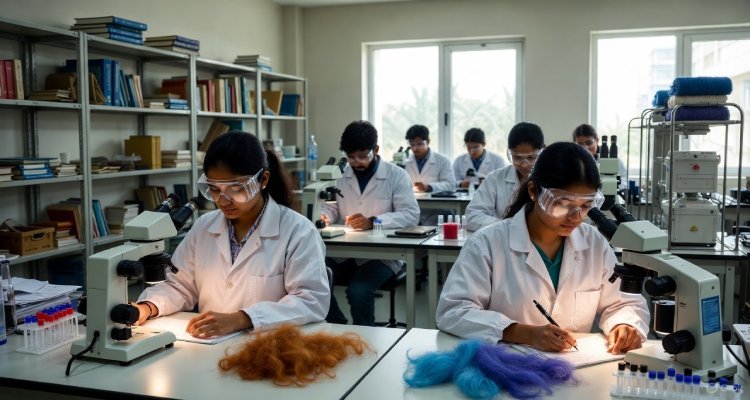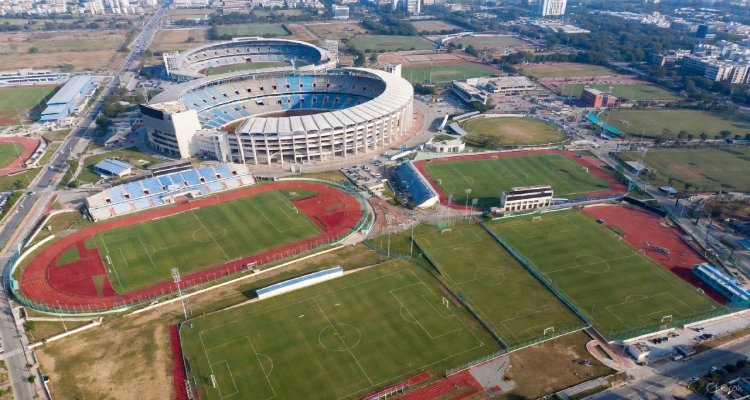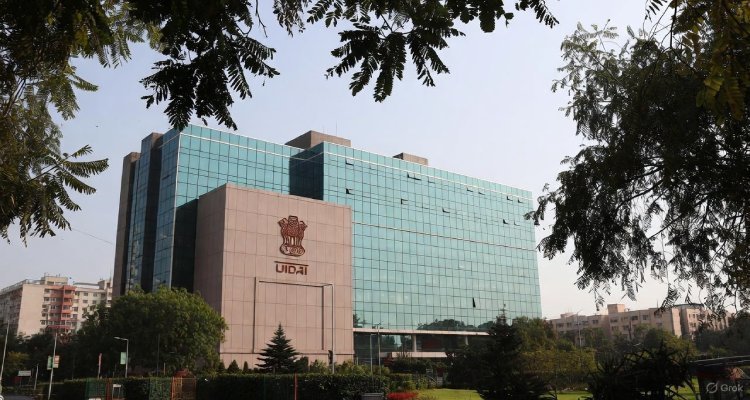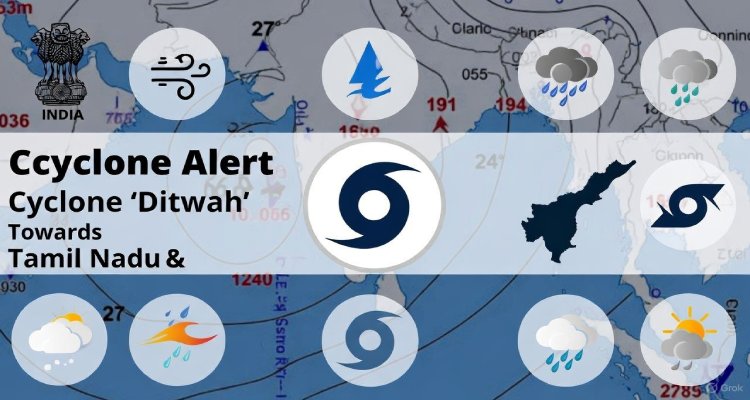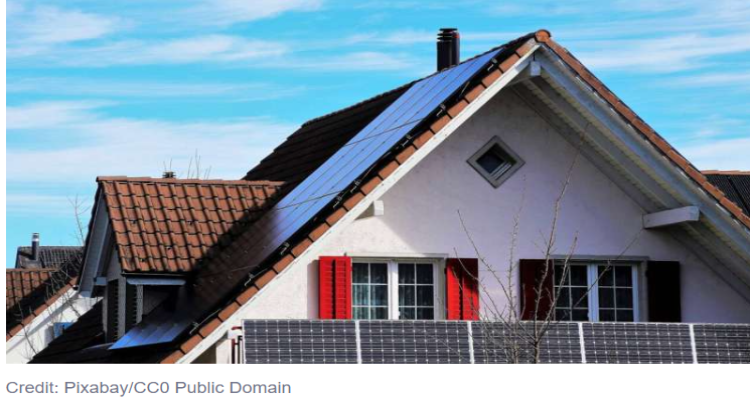The Impact of Rooftop Solar Panels on Urban Temperatures: Insights from Simulation Studies
A recent simulation study led by Dr. Ansar Khan from the University of Calcutta reveals that widespread installation of rooftop photovoltaic solar panels (RPVSPs) can raise urban temperatures by up to 1.5°C during the day while lowering them by about 0.6°C at night. Conducted using mesoscale simulations due to a lack of observational data, the research emphasizes the importance of understanding the impact of RPVSPs on local climate conditions. The study suggests integrating reflective materials and greenery with solar panels to mitigate their daytime heating effects while maintaining their renewable energy benefits. The findings indicate a direct correlation between the percentage of rooftops covered with PVs and temperature increases, highlighting the need for advanced cooling strategies and innovative designs, such as hybrid PV systems that combine water-based cooling. The research advocates for integrated solutions to maximize the efficiency of RPVSPs while addressing urban heat challenges.
Recent simulations have revealed that widespread installation of conventional photovoltaic (PV) solar panels on rooftops can elevate daytime temperatures while cooling them at night in urban areas. This research, led by Dr. Ansar Khan from the University of Calcutta in collaboration with UNSW Sydney’s Scientia Professor Mattheos (Mat) Santamouris, employed mesoscale simulations to examine the effects of rooftop photovoltaic solar panels (RPVSPs) on local climates, given the lack of direct observational data.
The findings indicate that a city with full RPVSP coverage could experience an increase in daytime temperatures by up to 1.5°C during peak summer, along with a nighttime decrease of about 0.6°C. Published in *Nature Cities*, these results highlight the importance of PVs in transitioning from fossil fuels, while also pointing to the need for integrated strategies to mitigate potential negative impacts on urban heat.
“While photovoltaic solar panels play a crucial role in renewable energy, their large-scale deployment can alter urban microclimates,” states Prof. Santamouris, who holds the Anita Lawrence Chair in High-Performance Architecture at UNSW Arts, Design & Architecture. “Understanding these effects is essential for decision-makers considering citywide RPVSP initiatives.”
Daytime Heating and Nighttime Cooling Effects
The research team focused primarily on Kolkata, India, and conducted comparative studies in Sydney, Austin, Athens, and Brussels. They found a direct relationship between the percentage of rooftops covered with PVs and the resulting temperature changes. Under a scenario where all rooftops are covered during peak summer, significant daytime heating was noted.
According to Prof. Santamouris, the heat produced by RPVSPs can offset many of their renewable energy benefits. For example, in Sydney, it is estimated that about 40% of the electricity generated by these panels is consumed in mitigating the cooling demands caused by their heating effects.
“When RPVSPs are installed on rooftops, they capture substantial solar energy, converting some of it into electricity and generating heat simultaneously,” he explains. “This is primarily due to their low reflectivity and the airflow around them, which intensifies the heating effect. Consequently, during peak summer, these surfaces can reach temperatures of up to 70°C, which hinders any potential cooling impact on the city.”
At night, however, the heat radiated from the panels can lower surrounding air temperatures, providing a beneficial cooling effect, particularly as nighttime temperatures are expected to rise significantly over the coming century.
The study also found that RPVSPs could have complex effects on urban climates. They can improve air quality by enhancing the planetary boundary layer, which leads to increased wind speeds and pollutant dilution. “In cities like Kolkata, where pollution is a critical concern, RPVSPs can help channel coastal breezes inland, thereby improving air quality,” notes Prof. Santamouris.
Integrated Solutions for Mitigating Heat
Prof. Santamouris advocates for innovative designs that could counteract the heating effects of RPVSPs while maintaining their energy generation benefits. Emerging advancements in materials science could lead to the development of cooler PV systems that operate at lower temperatures.
He recommends hybrid PV systems that integrate water-based thermal collection to utilize excess heat for hot water production. “Cooling photovoltaic surfaces can be achieved by circulating water beneath the panels,” he suggests. “This design not only lowers the operating temperatures of the panels, increasing their efficiency, but also allows for the excess energy to be used for cost-effective hot water.”
Furthermore, incorporating reflective cool roof materials that deflect heat can enhance the energy output of nearby RPVSPs while reducing urban heat. Adding green roofs can further boost the efficiency of solar panels. “Integrating PVs with green roofs or reflective roofing can enhance their capacity by 6-7% and significantly lower surface temperatures,” Prof. Santamouris concludes.



